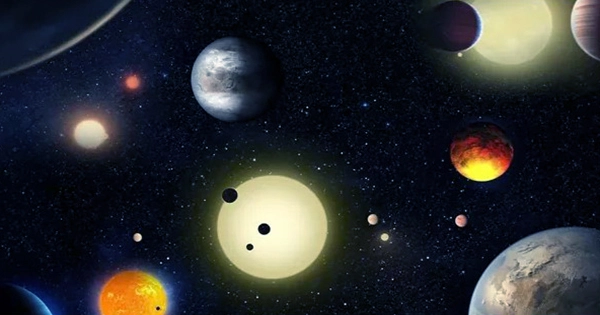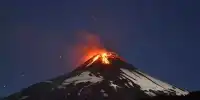We’ve gone from knowing about a handful of planets to realizing that planets are relatively prevalent in our galaxy in the previous few decades. The number has continued to rise since then, due to developments in both grounds- and space-based telescopes. Now, NASA has announced that the number of verified exoplanets has surpassed 5,000, with 5,005 odd new worlds orbiting the Milky Way. “It’s not simply a number,” Jessie Christiansen, the Exoplanet Archive’s science lead and a NASA Exoplanet Science Institute research scientist, said in a release. “Each of them is a brand-new planet, a brand-new world.” Everyone excites me since we don’t know anything about them.”
Radio astronomers Aleksander Wolszczan and Dale Frail reported the discovery of the first exoplanet – or rather, the first two – on January 9, 1992. These two planets were circling the pulsar PSR 1257+12, a kind of neutron star composed of the compacted core of a supernova remnant. “Planets have to be virtually everywhere if you can detect planets orbiting a neutron star,” Wolszczan added. “The planet-building process must be extremely durable.”
These 5,005 planets (and maybe 8,500 candidates still to be confirmed) are a drop in the bucket compared to the estimated total number of planets in our galaxy. There are hundreds of billions of planets to uncover, some of which we haven’t seen up close before, such as Hot Jupiters and super-Earths. And, with so many planets out there, the issue of life is unavoidable. Will we discover signs of life in some of these worlds? Sure, it’ll be a problem for future observatories to solve, but the evidence is mounting that life’s core chemistry has strong ties to molecules and chemistry found elsewhere in the cosmos.
Hopefully, our small piece of the universe isn’t all that unique. “It is unavoidable, in my opinion, that we will uncover some type of life someplace – most likely primitive life,” Wolszczan added. Thirty percent of the 5,005 worlds identified are gas giants like Jupiter and Saturn. Thirty-five percent are Neptune-sized, while 31 percent are Super-Earths, which are somewhat larger than Earth but not quite as large as Neptune. Finally, 4% are terrestrial planets, which are tiny rocky planets the size of Earth or less. There’s still a lot to learn about these faraway worlds, such as how they began, evolved, and what they’re like right now. This achievement serves as a reminder to go on and learn more.















